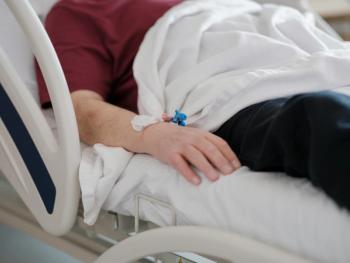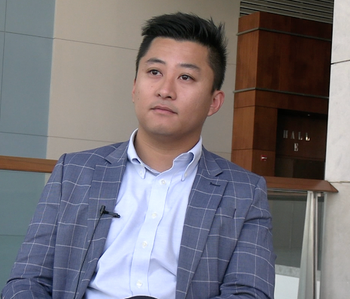
Antibiotics
Latest News
Latest Videos

CME Content
More News

Vaccines and treatments are up for approval in early to mid-2025, including a chikungunya vaccine, a meningococcal vaccine, a monoclonal antibody for RSV, and more.

Oral omadacyline or linezolid was equally efficacious to intravenous dosing for acute bacterial skin infections, and associated with less cost and risks.

Here is a novel use of ceftaroline to treat methicillin-resistant Staphylococcus epidermidis ventriculitis in a preterm infant with a ventriculosubgaleal shunt.

Abdulwhab Shremo Msdi, PharmD, offers insights on its complexities, why institutions have been slower to include this dosing technique, and why clinicians need to consider this approach.

In a retrospective cohort study, a health system found this form of prophylaxis led to substantial reductions in 2 of 3 sexually transmitted infections (STIs) in a mostly male population.

New recommendations emphasize shorter, all-oral regimens for both drug-susceptible and drug-resistant TB.

Exploring the challenges and strategies for combating MDR Pseudomonas aeruginosa infections, as discussed with Jason Pogue, PharmD, BCPS, BCIDP

Jason M Pogue, PharmD, BCPS, BCIDP discusses the findings, pharmacokinetics, why ceftolozane-tazobactam may be the preferred choice for resistant infections, and more.

A small phase 2 study evaluated Debiopharm’s investigational antibiotic, afabicin, including its clinical response rate and safety profile of 2-3 weeks of treatment for staphylococcal bone and joint infections (BJI).

Investigators propose limiting initial use of antibiotics for group A streptococcal pharyngitis in children after finding placebo noninferior in reducing symptoms.

The Clinical and Laboratory Standards Institute (CLSI) Subcommittee on Antimicrobial Susceptibility Testing had its series of meetings to update breakpoints for a variety of classes of antimicrobials.

With AMR being a global priority, biosecurity-type policy around resistance may be part of the solution.

At ID Week 2024, in a late-breaking presentation, investigators are reporting it is safe to cut the antibiotic regimen in half without endangering patients for these infections.

The ideal parameter for vancomycin monitoring is the area under the curve, which can be calculated using pharmacokinetic equations or Bayesian software.

This study revealed a significant decline in MSSA and a corresponding rise MRSA, particularly linked to COVID-19 social isolation measures.

A novel test is looking to ascertain this diagnostic information quickly to aid clinicians in making a determination of infections and more efficiently prescribe antimicrobials.

Continuous antibiotic infusions show positive results and may improve outcomes for patients with severe sepsis.

Initial studies show its effectiveness against various bacteria, including those resistant to standard treatments, and it is being developed in both intravenous and oral forms to improve patient access.

Long-acting lipoglycopeptides (LGPs) like dalbavancin, oritavancin, and telavancin were developed with extended half-lives, initially targeting acute bacterial skin and skin structure infections (ABSSSIs). However, recent studies have explored their potential in treating other infections, including infective endocarditis (IE), bone and joint infections (BJIs), and bloodstream infections (BSIs), offering an alternative to standard care and outpatient antimicrobial therapy.

New predictive statistical modeling shows that antimicrobial resistance (AMR) deaths will rise steadily in the coming decades.

Kevin Nguyen, PharmD, offers some insights on some of the challenges in the outpatient setting with regards to stewardship, and novel strategies being utilized.

Mass distribution of azithromycin twice yearly to infants and children did not comply with WHO recommendation but reduced all-cause mortality.

Benjamin Park, MD, offers insights on the federal agency’s role in AMR.

Bala Subramanian, PhD, highlights how the novel antibiotic BWC0977, with its dual intravenous and oral formulation, is poised to transform the fight against antimicrobial resistance.

Amanda Jezek, of the Infectious Diseases Society of America (IDSA), offers some insight on the prospective bill in Congress, as well as other AMR initiatives the organization is involved in.

























































































































































































































































































